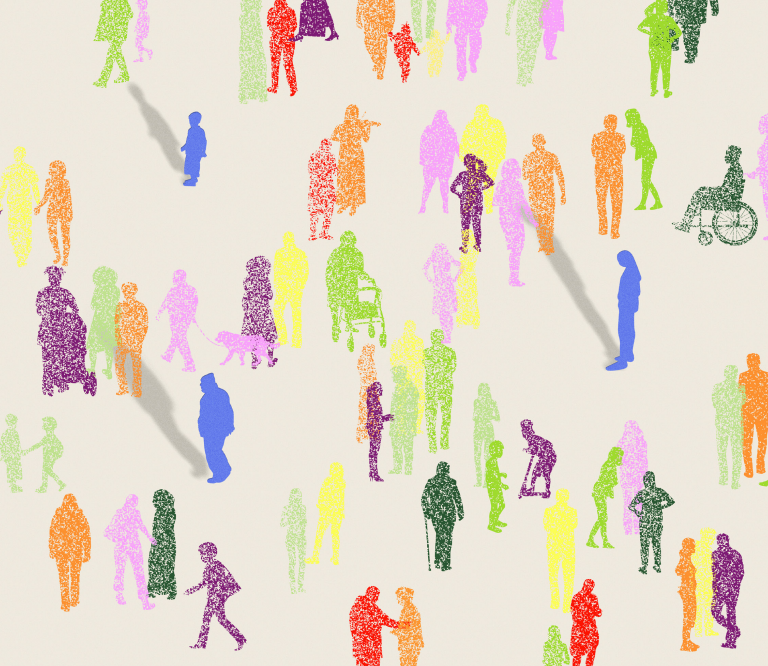Meet the Female-Led Neurotech Startup Making Waves in Neurodiversity
- raayan
- Sep 7, 2022
- 4 min read
Updated: Dec 2, 2022

Author: Raayan Dhar
Editor: Chelsea Ekwughalu
As a growing neurotech startup originally born from a hackathon submission, Valence Vibrations aims to empower emotional communication and neurodiversity. The startup launches their Vibes app for the Apple watch in the next few weeks, and currently has around 4000 signups on their waitlist to try it. Simply Neuroscience had a chance to meet with cofounder Chloe Duckworth and discuss her startup, its journey, the challenges she faced, and more.
Valence Vibrations was born from a hackathon sponsored by Neosensory, a neurotech startup creating “non-invasive brain-machine interfaces to create new senses” (Neosensory). Duckworth met founder of Neosensory, Dr. David Eagleman, during an internship at Stanford in high school. Interested in the growing field of sensory substitution and augmentation, which Duckworth calls the “concept of being able to create new senses or sensory experiences for people, one that is more optimized for your particular body,” Eagleman’s work motivated her to study computational neuroscience at USC.
During her freshman year at USC, Duckworth met her future co-founder, Shannon Brownlee, who lived right across from her in the dorms. They would compete in a hackathon sponsored by Neosensory that summer, where contestants would design new applications for the Neosensory Buzz, which utilizes haptic feedback as a hearing aid for deaf and hard-of-hearing people. Duckworth and Brownlee utilized the technology available in the Buzz bracelet to create Valence, “an app that pairs with a person’s smart watch to help them interpret the emotional valence of speech through vibrations on their wrist. Using haptic feedback, our app senses emotions from vocal pitch data picked up by your smart phone’s microphone” (J., 2022). At the time, they initially focused on providing a solution for autistic people using the bracelet. However, after the hackathon concluded, they decided to continue working on Valence, eventually pivoting from the Buzz bracelet to building an application on the Apple watch for increased accessibility. Their app uses visual labels, haptic feedback, and other methods to help users discern and understand others’ emotions.
After significant customer discovery and user interviews, Duckworth and Brownlee learned that the neurodivergent community faces significant challenges with emotional perception. This issue is not because of an inherent deficit in emotional recognition, but because of the double empathy problem, which Duckworth describes as the “difficulty discerning the emotions of someone in a different demographic than you because you compare their emotions to the way that you understand your emotions.” If someone has a different accent, cadence of speech, or neurotype (how an individual interprets and responds to social stimuli), it may be harder to recognise or understand their emotions. Initially focusing on groups who struggle with emotional perception, Duckworth and Brownlee found that the double empathy problem was also found among cross-cultural and cross-neurotype relationships, teams, and more.
Valence Vibration’s first product for the Apple watch aims to act as a “self-guided emotional translation kit” (Valence Vibrations, 2020), mitigating the double empathy problem and other emotional perception issues one may face in any given situation. Additionally, “users can specify their desired vibrational intensity specific to their sensory preferences, set the specific voices they want to analyze, and choose which virtual and physical environments they wish to classify emotions in.” (Valence Vibrations, 2020)
One of the technical challenges Valence Vibrations faced was gathering data for their affective computing implementations. Affective computing refers to systems and devices that are capable of recognizing, interpreting, and processing human emotions. In their case, they needed data for tonal analysis. While there was an abundance of labeled emotional data for natural language processing applications, there was a lack of labeled emotional data for speech processing applications. Ultimately, they decided to crowdsource data from real people with diverse backgrounds, finding better results than the limited data from academic settings. Additionally, they’re also building an option for users to fine tune their app’s machine learning models, using the wearer’s own data to improve their user-specific affective computing if they so choose.
On the other end of the spectrum, Duckworth also described challenges building legitimacy as a startup: “Starting a company as two female college students in a high-impact neurodiversity space that is untapped and underappreciated right now was difficult.” Duckworth credits mentorship as being beneficial, aiding them in expansion, offering perspective, and even helping them raise their first round. Speaking on her mentors’ assistance, Duckworth states that “there were so many times they steered me in the right direction, or one that I didn’t even know was available. So many opportunities and doors opened for me because of our mentors. We would not be where we are today if we didn’t have such an incredible group of people behind us.”
Looking forward, Valence Vibrations is excited to put their product in the hands of real users. “Being the first kind of company to approach emotional accessibility and emotional subtitles in this way, it’s hard. There are inherent technical challenges we’re trying to solve. There are challenges in optimizing the way people are receiving this information so it’s most helpful for them. Our product is going to change a lot after we launch, but I’m very excited to do that, see what people think, and watch how we grow from there.”
Disclaimer: Simply Neuroscience is not a sponsor of and is not sponsored by Valence Vibrations or any individuals associated with Valence Vibrations. We cannot endorse or guarantee any product or service provided or created by Valence Vibrations. The only purpose of this article is to be educational and informative.
Citations
J. (2022, August 27). Buzzing emotions: how Buzz can be used to help neurodiverse people interpret emotion. Neosensory. https://neosensory.com/blog/buzzing-emotions-how-buzz-can-be-used-to-help-people-with-autism-interpret-emotion/
Emotion Recognition | Valence Vibrations. (2020). Valence Vibrations. https://www.valencevibrations.com/
Neosensory. (n.d.). Feel The Sound. https://neosensory.com/feelthesound/
Duckworth, C. (2022, July 8). Interview with Valence Vibrations co-founder Chloe Duckworth [Speech Transcript]. https://docs.google.com/document/d/1jxsJtPAnvF51J1ORRMIKSCrv21E__ys0KJjwjgMadg8/edit?usp=sharing











Comments